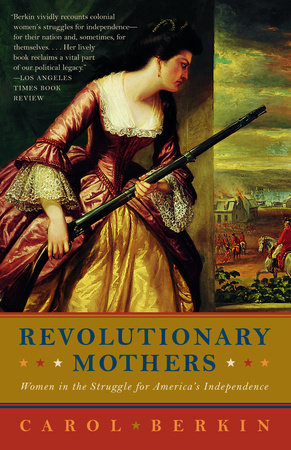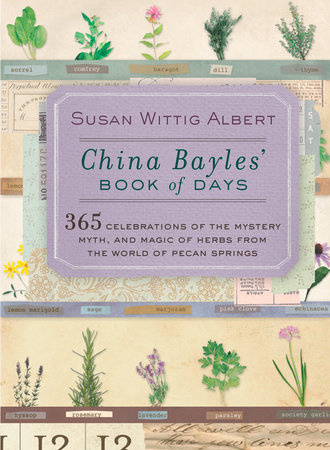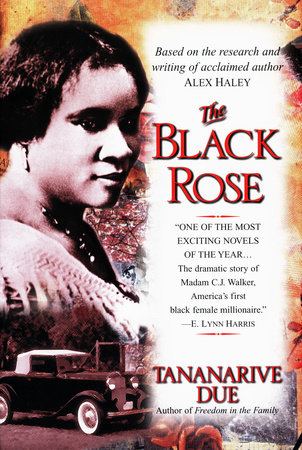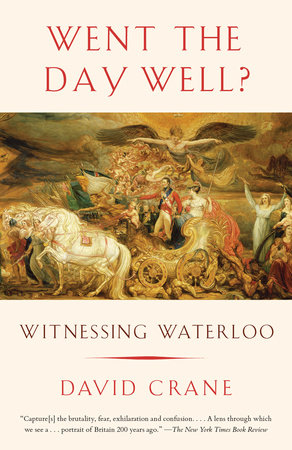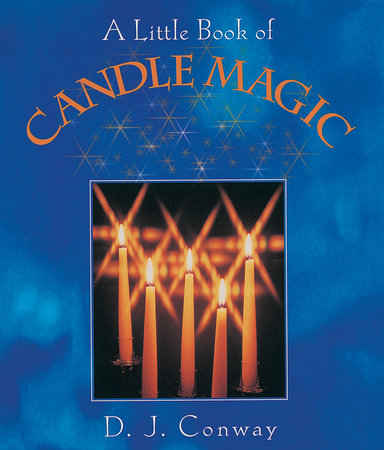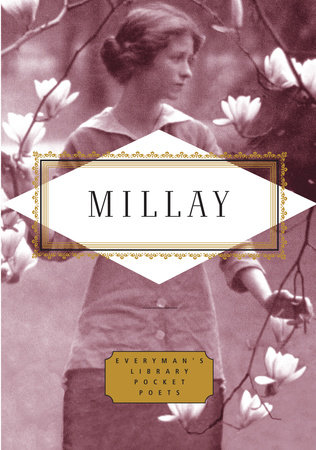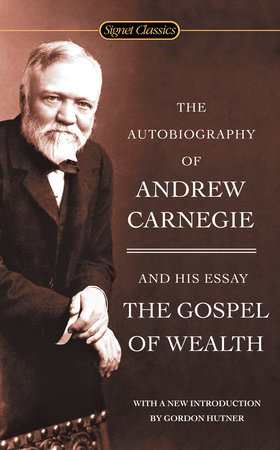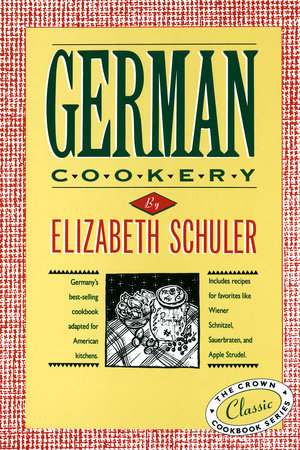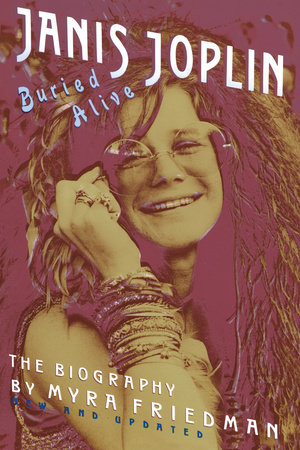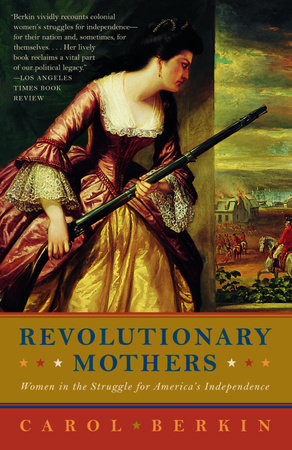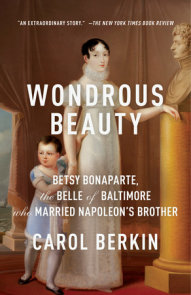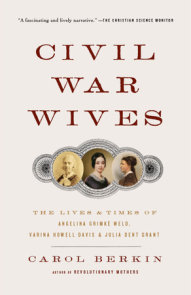Author Q&A
A Conversation with Carol Berkin
Q: The subtitles of the books shed some light on the matter, but how does your book differ from Mary Beth Norton’s Founding Mothers & Fathers: Gendered Power and the Forming of American Society and Cokie Roberts’ Founding Mothers: The Women Who Raised Our Nation?
A: Norton’s excellent book deals largely with the intellectual and political roots of gender ideology in the 17th and 18th centuries. Using Filmer and Locke, she explores the concept of citizen in colonial society. Roberts’ book focuses primarily on the elite women whose connections to famous patriots allowed them a privileged position within the revolutionary generation. In contrast, Revolutionary Mothers looks at the revolution through the eyes of ordinary white women, generals’ wives and camp followers, African Americans seeking their freedom, Native American women fighting to retain their independence, women patriots, and loyalist refugees. What emerges in this book is not one revolution but many, often conflicting, struggles for freedom and independence.
Q: Our visual idea of daily life during the American Revolution is mostly based on History Channel documentaries and movies like Mel Gibson’s The Patriot. Do these recreations give an accurate representation of what women’s lives were like at that time? If not, what generalizations about living conditions can you make that would give your readers a more accurate picture?
A: Colonial historians do constant battle against the portraits that emerge in movies and in other popular “costume dramas.” While Gibson strives to assure the viewer that, except for hairdos and fashion, 18th century people were, after all, just like 21st century people– sharing our values, our assumptions about gender, about marriage, about work roles, and making choices in their lives that mimic ours–historians strive to reconstruct the differences between their world and our own.
For example, when the revolution began, the lives of most colonists were still shaped by traditional views that God, Nature, law and custom established distinct destinies, roles and realms for men and women. A woman’s purpose in life was to be a helpmate, or as 18th century writers and ministers would put it, a “helpmeet” to men. In a predominantly rural society, they did this by producing children, tending the household, the garden, the dairy, and the henhouse. The majority of white women worked long hours at tasks modern Americans would find unfamiliar: this was a rural, agricultural society, and housework was actually a series of skilled labor activities to process raw materials into finished goods for the family. Imagine a world in which laundry was done on rocks near a stream, cooking was done in a walk-in hearth with heavy iron pots and utensils, clothes were sewn, gardens and orchards tended and fruits and vegetables preserved–and dinner required a woman to be both slaughterer and butcher. All this, of course, with a baby in her arms, toddlers to keep out of the hearthfire and the woods, and older children to supervise.
Wealthy urban women were spared much of the household production that filled the days of rural wives. They could purchase cloth, foodstuffs, and other supplies that farmwives labored to produce. And they had servants or slaves. The focus of their domestic duties may have been more decorative, more social, but, like their rural cousins, their place in society was as “helpmeet.” And, rich or poor, rural or urban, these 18th century white women lived lives of legal and social dependency. The law viewed a married woman as “feme covert,” or “woman covered”–and saw no need to provide her with many of the basic rights we assume all individuals have today. She could not sue or be sued, keep wages earned, or own or sell property. A white woman’s only rite of passage into adulthood was marriage and motherhood for there were no public achievements such as voting, office-holding, membership in the militia, or the attainment of wealth open to them. Formal institutions like the church, the government, and the professions, were also closed to them.
This was the world that these 18th century women knew; it was natural and perhaps inevitable to them, just as the gender rules of our society seem natural to most of us. But their world would certainly not be familiar to us if we suddenly found ourselves walking the streets of Boston or standing in a farmhouse doorway.
Q: Black women seem to have had the most generally grim experiences of the war since, as you note in your book, soldiers of both sides considered them prizes of war. Even women who thought they were finally free experienced excruciating reverses of fortune: one group boarded a British ship to seek a new life in Canada and perished aboard in a smallpox epidemic. Others were freed by the British, but re-enslaved after the war by nefarious slave traders who tricked them out of their certificates of freedom. Any bright spots in this picture? What was life like for the women who did reach freedom in Canada?
A: There are few bright spots, I’m afraid. African American refugees in Canada faced concerted racism from white Loyalist refugees and from British officials. Food and supplies in the early months were not doled out equitably, leaving black families to suffer more severely than their white counterparts. Although black veterans and their families were promised land, they often did not receive it or were cheated out of arable tracts. Small all-black settlements–we would call them ghettoes–isolated African Americans, and racism prevented blacks from finding employment in the larger towns. In desperation many black men and women indentured themselves as servants to wealthier white families. There were several riots against blacks who were accused of taking jobs away from white refugees. Within a few years, many African American men and women re-emigrated to Sierra Leone.
African Americans who remained in the northern states fared better and many benefitted from emancipation movements in New England and the middle states. But those who remained in the south, especially the Carolinas and Georgia, probably suffered more than any others, enduring separation from family members; grueling work at rebuilding the plantation economy; and the high casualty rate from both disease in the British military camps where they sought refuge and freedom and starvation on the plantations where many remained during the war.
Q: How did the Revolution change the worldview of the women who experienced it?
A: This is a very difficult question to answer. We don’t have letters and diaries and reflections for most white women although we do have some quantitative data like divorce filings or wills or shifts in the birth or marriage rates from which we can draw inferences. In the end, much of what we know comes from elite women–planters’ wives, merchants’ daughters, educated women who were poets or essayists–and these women are not, after all, typical. We have almost no personal recorded evidence from Indian women or from African Americans. So, when we attempt to answer this question, we have to be honest and say that the worldview we are presenting is that of a privileged minority.
Still, the answer is not clear. My own judgment is that most women saw the revolution as an extraordinary moment in their lives, a moment when gender boundaries were temporarily crossed, when circumstances required adaptation and innovation from everyone. But when the crisis was over, both men and women yearned to return to “normalcy,” to restore rather than reform the life that had been disrupted by a long and devastating war. Women were proud that they had risen to the occasion, but they did not demand that the gender boundaries be permanently redrawn. Their daughters did not “think nationly,” did not see politics as an appropriate feminine concern.
Even among the new republic’s intellectuals who did debate the place of women in the new nation, there was a reluctance to dramatically redraw gender lines. Much of what women reformers and intellectuals like Judith Sargent Murray wanted grew out of the ideological and social shifts that preceded the revolution. They strongly endorsed the Enlightenment view that women were capable of rational thought and therefore moral judgments, a view that had begun to be widely embraced by the colonial elite before the war. They argued that the patriotic activities of women during the Revolution proved in practice what had once been mere theory: women could make rational choices, form political commitments, act on independently formed moral values. But, they were willing to see this translated into a small readjustment of the traditional female role, an emphasis on mothering rather than on household production.
They called for mothers to play a central role in the moral development of their children, to educate and socialize sons as well as simply train daughters to sew or garden or care for infants. To prepare women for this new responsibility, these reformers initiated a revolution in women’s education. Young ladies’ academies sprang up in every state, with curricula as rigorous as those in male schools. Yet, this formal education, this study of politics and philosophy and mathematics, was not intended to create independent individuals who pursued their own ambitions in the wider world; its entire raison d’etre was to enable mothers to prepare their sons to be citizens of a republic. So, in a sense, even among elite circles, women’s sphere did not expand after the revolution although its responsibilities shifted. It would take over sixty years for a true women’s movement to arise.
Q: Why do you think most soldiers reviled the camp followers who provided them with useful services like laundry, sex, and hot food while admiring the generals’ wives who lived in camp organizing dances and dinners for the officers?
A: Life in the camps was harsh for the average enlisted man and soldiers often took out their frustrations on women of their own class who followed the military. Some of their contempt or wariness sprang from real problems in the crowded camps: unfaithful wives provoked fights among the men, prostitutes stole their boots or weapons, tradeswomen hawked badly made goods or overcharged for liquor or other supplies. Regional rivalries often led New England soldiers to mock the women following southern regiments, or vice versa. But common soldiers often recorded a grudging respect for camp followers who showed courage and fortitude, who could hold their liquor, keep up with the men on a long march, or remain cool under fire.
It was usually the officers who demonstrated genuine contempt for these camp followers. These young elite men had embraced a relatively new, highly romantic view of women. According to their code of gentility, ladies did not appear in public if pregnant, they did not curse, they did not appear in public without a male escort, they were clean and dainty and chaste and modest. They were ladies rather than simply women. It was impossible for the desperate, destitute women who followed the army in order to avoid abject poverty or starvation to conform to these standards. Officers were genuinely shocked and repelled by what they saw as travesties of female behavior among the women who provided vital services in the camps. Fighting together for independence did not erase the class boundaries that separated genteel society from their social inferiors.
Q: You cite Esther Quincy Sewall as an example of the fact that during the Revolution a wife’s “loyalty to her husband, once a private commitment, had become a political act.” Mrs. Sewall shared her husband’s Loyalist views, but in your research, did you find any stories of women who maintained opposing political views to those of their husbands? (i.e. Any wives fleeing to England when their husbands joined the Continental army?)
A: There were certainly women who defied their husband or father’s political choices, but they were the exception rather than the rule. More often a woman faced a choice of loyalties between her husband’s politics and those of her own family. Most of Esther Sewall’s family, for example, were patriots; her sister married one of Boston’s leading revolutionaries, John Hancock. Lucy Knox, wife of General Henry Knox, remained in Massachusetts when her parents sailed to England as Loyalist refugees in 1776.
Q: Schoolchildren are often taught that all Native Americans supported the British during the Revolution, but this is not the case. Which Native American nations/tribes chose to support the patriots and why did they do so? Did Native American women play a role in these decisions?
A: Most, but not all, Indian tribes decided that their interests lay with the British in the war. American colonists were notorious land-grabbers, always pushing the line of settlement westward. The British promised to honor the rights of Native Americans to their lands. But divisions occurred even within organized political groups like the Iroquois Confederacy. Sometimes, loyalty to a white minister or missionary–as in the case of many Onondagas–led to schisms in the Confederacy. In other cases, women were influential in forging alliances or at least limiting the conflict between American patriots and local tribes. Nancy Ward, for example, had political influence within the Cherokee society as a “Beloved Woman” (an honor bestowed because of her bravery in battle). Although her first husband was Indian, her second husband was a white trader. During the war, Ward did everything she could to protect colonists who had settled on the frontier, to negotiate peace treaties with southern states who bordered Cherokee territory, and to achieve neutrality among her people when an alliance could not be reached.
Q: I was shocked to read in your book that “Molly Pitcher” was not an actual historical person. Who were the real people who are remembered collectively as Molly Pitcher?
A: Remember “Rosie the Riveter”? There was no actual woman named Rosie the Riveter; instead she was a composite, a symbolic figure who represented all the women who went to work in airplane factories and shipyards during WWII. Molly Pitcher was her 18th century cousin. “Molly” was a common name of the era; and “Pitcher” was Molly’s tool during the war. That is, hundreds of camp followers who joined their husbands, boyfriends, or fathers inside the American forts, were charged with carrying pitchers of water to cool down the cannons during an enemy attack. The heat of a recently fired cannon was too intense for a soldier to reload; pouring water over the cannon helped speed up the cooling process and ready the cannon for use. Using pitchers or buckets or any carrying device at hand, these camp followers raced back and forth, from the stream or well to the ramparts, to play their part in the battle. Occasionally, a Molly Pitcher was wounded by enemy fire, and sometimes a woman took over her husband’s station if he fell wounded or dead. The best known of these women was Mary Ludwig Hayes, who was pregnant when she served as a Molly Pitcher.
Q: How did you become interested in the era of the American Revolution? Did an interest in colonial history lead to an interest in women’s history?
A: Having grown up in Alabama, I had had my fill of the Civil War–or the War of Northern Aggression, as my high school history teacher insisted was its proper name–by the time I reached college in New York City, so I resisted specializing in 19th century American history. And the 20th century lacked the mystery and novelty that I saw as one of the appeals of studying the past. But the colonial era and its dramatic climax in the Revolution attracted me immediately.
In the Stone Age, when I was in grad school, no one even dreamed of studying women! Because of this, I did a dissertation on a male Loyalist. But, as Bob Dylan once said, the times they were a-changing. By the time I began teaching, several of my women colleagues and I had begun to ask those first, exhilarating questions: where were the women in our accounts of the past? How would the picture change if we looked at events through a gendered lens? My commitment to early American women’s history deepened when my daughter was born. I realized that I wanted her to be able to look into the mirror of the past and see her own reflection, and I have been researching and writing to insure this ever since.
Q: Given that you have devoted your career to studying the era of the American Revolution, are there any specific moments that you wish you could have witnessed?
A: Thousands! I would have loved to have been there when Mercy Otis Warren’s first satirical play hit the Boston newspapers, to the horror of Massachusett’s leading loyalists. I would love to have witnessed the debates over independence in the Continental Congress or been present at Newburgh when General Washington urged his officers to lay down their arms and abandon their plan to make him King. To have talked with Judith Sargent Murray about women’s place in the new republic. To watch as African American mothers carried their children across miles of dangerous territory to find refuge with the British army. To be there when the women of Edenton, North Carolina gathered to sign a pledge to boycott British goods–and to publish it in the newspapers! They must have felt as nervous and as energized as Elizabeth Cady Stanton felt when she called the Seneca Falls convention to order.
Q: What’s next for you? Are you already at work on a new book?
A: Yes, and it is a great leap for me–in historical time. My high school history teacher would be amused to know that I am doing a book on the Civil War era as seen through the eyes of women, among them abolitionist Angelina Grimke, Julia Dent Grant, and Varina Howell Davis.
